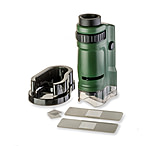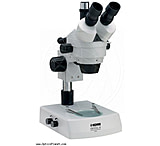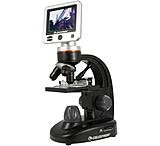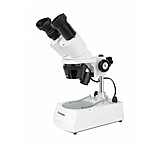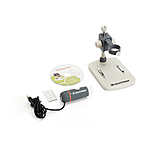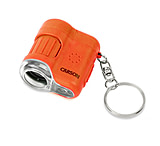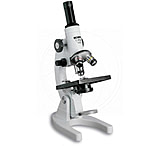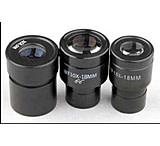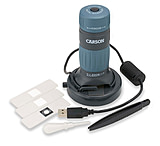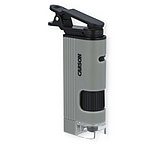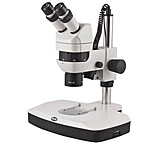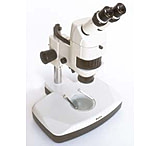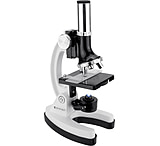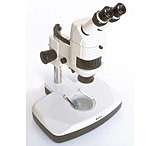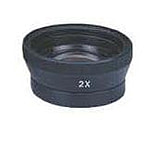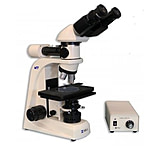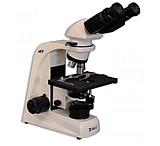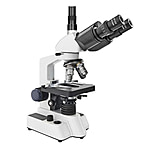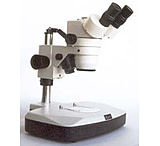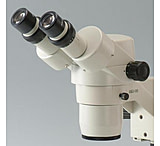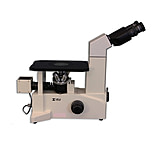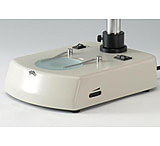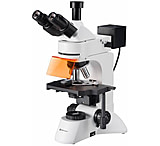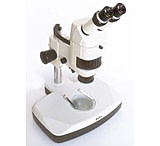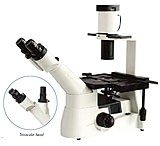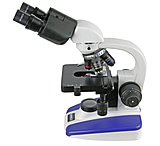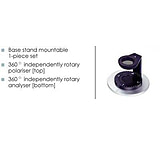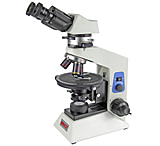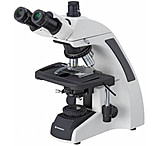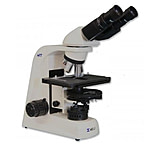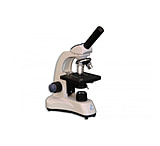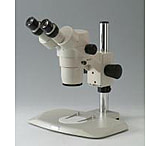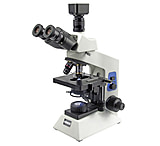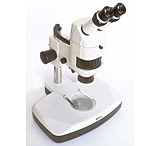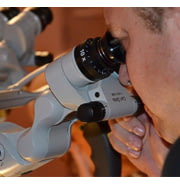Microscopes - Digital, Compound, Stereo & more By Nikon, Celestron, Motic, & others! — 330 products / 498 models — Page 1
OpticsPlanet has one of the largest collections of microscopes on the net! We offer a wide variety of brand-new light microscopes, microscope parts & accessories by all major stereo & compound microscope manufacturers. Featuring brands such as Celestron Microscopes, Levenhuk Microscopes and many other top microscope manufacturers.![]()
We stock and customize all major types of microscopes - compound microscopes, stereo microscopes (often referred as dissecting microscopes), handheld USB microscopes and, of course, an array of microscope parts, accessories &components, such as microscope slides, eyepieces and more.
From physician’s office to clinical lab, from high school medical school, dedicated hobbyist to university scientists, OpticsPlanet has a microscope for you and all your Life, Applied and Material Science applications. We have a serious selection of student microscopes, industrial microscopes and CSI Kits
What Are the 5 Types of Microscopes?
There are five major types of microscopes:
Stereo Microscope
Stereo microscopes are used to look at various samples that you would be able to hold in your hand. A stereo microscope provides a 3D image or "stereo" image and typically will provide magnification between 10x - 40x. The stereo microscope is used in manufacturing, quality control, coin collecting, science, high school dissection projects, and botany. A stereo microscope typically provides both transmitted and reflected illumination and can be used to view a sample that will not allow light to pass through it.
Compound Microscope
A compound microscope may also be referred to as a biological microscope. Compound microscopes are used in laboratories, schools, wastewater treatment plants, veterinary offices, and for histology and pathology. The samples viewed under a compound microscope must be prepared using a coverslip to flatten the sample on a microscope slide. Students will often view prepared slides under the microscope to save time by eliminating the slide preparation process.
The compound microscope can be used to view various samples, some of which include blood cells, cheek cells, parasites, bacteria, algae, tissue, and thin sections of organs. Compound microscopes are used to view samples that cannot be seen with the naked eye. The magnification of a compound microscope is most commonly 40x, 100x, 400x, and sometimes 1000x.
Inverted Microscope
Inverted microscopes are available as biological inverted microscopes or inverted metallurgical microscopes. Biological inverted microscopes provide magnification of 40x, 100x, and sometimes 200x and 400x. These inverted biological microscopes are used to view living samples that are in a petri dish. An inverted microscope lets the user place the petri dish on a flat stage, with the objective lenses housed beneath the stage. Inverted microscopes are used for in-vitro fertilization, live-cell imaging, developmental biology, cell biology, neuroscience, and microbiology. Inverted microscopes are often used in research to analyze and study tissues and cells, mainly living cells.
Metallurgical inverted microscopes are used to examine large parts at high magnification for fractures or faults. They are similar to the inverted biological microscope in the magnification provided. Still, one primary difference is that the samples are not placed in a petri dish, but rather a smooth side of the sample must be prepared to lay flat on the stage. This smooth sample is polished and is sometimes referred to as a puck.
Metallurgical Microscope
Metallurgical microscopes are high-power microscopes designed to view samples that do not allow light to pass through them. Reflected light shines down through the objective lenses providing magnification of 50x, 100x, 200x, and sometimes 500x. Metallurgical microscopes are utilized to examine micron-level cracks in metals, very thin layers of coatings such as paint, and grain sizing.
Metallurgical microscopes are utilized in aerospace, automobile manufacturing, and companies analyzing metallic structures, composites, glass, wood, ceramics, polymers, and liquid crystals.
Polarizing Microscope
Polarizing microscopes use polarized light and transmitted and reflected illumination to examine chemicals, rocks, and minerals. Geologists, petrologists, chemists utilize polarizing microscopes and the pharmaceutical industry daily.
All polarizing microscopes have both a polarizer and an analyzer. The polarizer will only allow certain light waves to pass through it, and the analyzer determines the amount of light and the direction of light that will illuminate the sample. The polarizer focuses different wavelengths of light onto a single plane, and this function makes the microscope perfect for viewing birefringent materials.
How to Use a Microscope?
When using microscope slides, be sure to place a coverslip over your sample, and this will flatten your sample, which is necessary when using a compound microscope. The coverslip will also contain fluid within your good depression slide and prevent spills on the microscope stage. When using the biological compound microscope, always begin with the 4x objective lens (the lowest magnification). This will allow you to focus on your sample and help prevent you from smashing your objective lens into the stage. Move up one objective at a time, refocusing each time to get higher magnification. When you are finished using the microscope, always return the 4x (lowest and smallest) objective lens into position for the following user. Never use force when focusing the microscope. If the focus knob is tight and will not rotate, it is locked, the tension needs to be adjusted, or it is running into an objective lens. When you first look through the microscope, you may need to adjust the rheostat light control or the condenser to get a crisper and sharper image. The microscope rheostat controls the intensity of the light, dimming it or making it brighter. The condenser is located beneath the microscope stage and will move up or down. If you are using a digital microscope and cannot see an image in the camera, you may need to engage the beam splitter to direct light to the camera.
How to Use a Microscope?
Eyepiece Lens:
the lens at the top that you look through, usually 10x or 15x power.
Tube:
Connects the eyepiece to the objective lenses.
Arm:
Supports the tube and connects it to the base.
Base:
The bottom of the microscope, used for support.
Illuminator:
A steady light source (110 volts) used in place of a mirror. If your microscope has a mirror, it is used to reflect light from an external light source up through the bottom of the stage.
Stage with Stage Clips:
The flat platform where you place your slides. Stage clips hold the slides in place. If your microscope has a mechanical stage, you will be able to move the slide around by turning two knobs. One moves it left and right, the other moves it up and down.
Revolving Nosepiece or Turret:
This part of the microscope holds two or more objective lenses and can be rotated to change power easily.
Objective Lenses:
Usually, you will find 3 or 4 objective lenses on a microscope. They almost always consist of 4x, 10x, 40x, and 100x powers. When coupled with a 10x (most common) eyepiece lens, total magnification is 40x (4x times 10x), 100x , 400x and 1000x.
Rack Stop:
This adjustment determines how close the objective lens can get to the slide.
Condenser Lens:
The purpose of the condenser lens is to focus the light onto the specimen. Condenser lenses are most useful at the highest powers (400x and above). Microscopes with in-stage condenser lenses render a sharper image than those with no lens (at 400x). If your microscope has a maximum power of 400x, you will get the full benefit by using a condenser lens rated at 0.65 NA or more excellent. 0.65 NA condenser lenses may be mounted on the stage and work quite well.
Diaphragm or Iris:
Many microscopes have a rotating disk under the stage. This diaphragm has different sized holes and varies the intensity and size of the cone of light projected upward into the slide. There is no set rule regarding which setting to use for a particular power. Instead, the setting is a function of the transparency of the specimen, the degree of contrast you desire, and the specific objective lens in use.
Buy Microscopes at from OpticsPlanet
Shop at OpticsPlanet.com for all of your microscopes and microscope parts. If you want to learn more about microscopes, check out Microscope How To Guides and Articles on our site!
Other categories you might be interested in are 9mm Luger Ammunition, Miscellaneous Accessories, Monoculars, Monopods, Motorcycle Goggles.





















